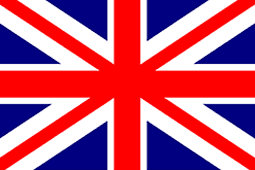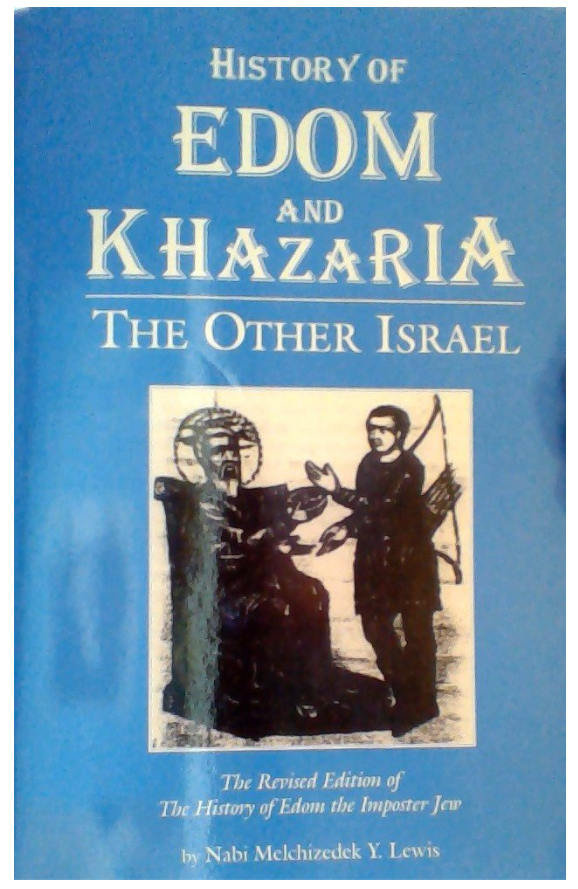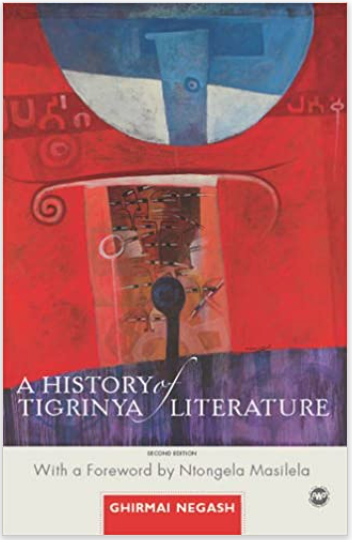Ethiopia on many counts was geographically well situated. Normally, the climate of the highlands with its bright sunshine yet gentle heat is salubrious and invigorating, and two annual rainy seasons do much to cleanse the country of infection. The value of these rains impressed observers such as the Englishman Charles Rey, who, writing of Addis Ababa in the 1920s, observed that after seven or eight months one looked forward to "the coming fierce downpours, to bring freshness to the air and cleanliness to the town." His compatriot Christine Sandford agreed that the weather did much to compensate for lack of medical facilities. "It was," she wrote, "only the wonderful climate of the highlands," with their "dry air, brilliant sunshine, yet temperate heat," followed by the "cleansing torrents of the rainy season," that "checked the spread of infection and made epidemics very uncommon." On a more personal note, she commented:
'The author brought up a family of six children in Addis Ababa and its vicinity without any infectious illness among them in over fifteen years, with the exception of one case of whooping cough, and occasional conjunctivitis, which, after a little experience, was avoided altogether.'
The highlands suffered, however, from sudden drops in temperature, particularly at night, as well as from considerable humidity during rains. Cold nights following upon warm or hot days were probably responsible for the high incidence of pneumonia, pleurisy, bronchitis, catarrh and other diseases of the respiratory organs. Heavy rainfall was likewise conductive to the colds, influenza, and bronchitis that were sometimes prevalent during the rains.
The lowlands, on the other hand, tended to be infested with mosquitoes and thus were subject to malaria. This disease was widespread in areas of low elevation, particularly during the rains, and was especially prevalent in narrow, densely wooded, and damp river valleys and swampy plains near rivers and lakes, as well as in the coastal area.
The extent of malaria has been attested by innumerable observers. Early in the nineteenth century the British traveler Henry Salt observed that the high incidence of the disease in the Massawa area was responsible for the Ethiopians' "great dread and horror of the coast," while King Sahla Sellase of Shawa, speaking of the lowlands of Adal, remarked, "The water of the qwolla (i.e., low country) is putrid, and the air hot and unwholesome." The French travelers Ferret and Galinier, writing of Tegre and Lake Tana, likewise observed: "Toward the end of the rainy season the humid atmosphere and the soil, which is soaked and productive of a pernicious miasma, turn the country into a fatal region." Walter Plowden, a British consul of 1850s, wrote that fevers were common around Lake Tana, while his contemporary Henry Stern complained that they "overspread" the lowlands "for more than six months in the year." Similar testimony was provided by eye-witnesses in other regions. Lejean stated that the disease was prevalent in the Shere lowlands, Hayes in the Blue Nile-Lake Tana area, Marcel Cohen in the Awash Valley, Traversi around Lake Zway, Hugh Le Roux in the environs of Harar, Macfie in Ogaden, Hodson in the neighborhood of Lake Margherita and the Omo, Bartleet around Gambela, and Boyes on the Kenya frontier. Traders visiting the lowlands, according to Dr. Merab, a Georgian pharmacist in early twentieth century Addis Ababa, were often badly affected.
Most of the lowlands, particularly to the east and south, historically consisted of arid scrub-lands, some giving way to deserts. These regions, because of the sand and dust in the air, and the glare of the cloudless sky, often suffered from a higher than average incidence of eye disease. The prevalence of eye infections among the Danakil was noticed by several nineteenth-century observers, among them Johnston, Krapf, Munzinger, and Soleillet, and was also reported in the Harar area by Richard Burton and Franz Pedar, in Ogaden by Jennings, and in Borana by Maud. The high incidence of eye complaints in the eastern provinces is likewise evident from the statistics of the Russian Red Cross mission of 1896, which indicate that such cases accounted for 30% of its consultations in Harar as compared with only 12% in Addis Ababa.
Product details
- Publisher : Red Sea Pr (May 1, 1991)
- Language : English
- Paperback : 288 pages
- ISBN-10 : 0932415458
- ISBN-13 : 978-0932415455
- Item Weight : 15.8 ounces
- Dimensions : 6.5 x 1 x 9.25 inches













